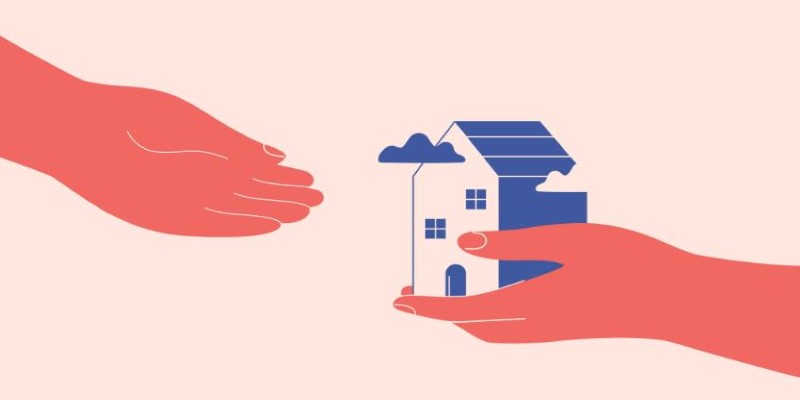Buying a home usually means starting from scratch with a brand-new mortgage. But not every home loan works that way. There’s a lesser-known option that some buyers and sellers might find surprisingly useful: the assumable mortgage. It’s not a term that comes up often in everyday conversation, but it can make a real difference in the overall cost of buying a home—especially when interest rates are higher than they were a few years ago. Understanding how assumable mortgages work isn’t just helpful—it can mean thousands of dollars saved over time.
Understanding Assumable Mortgages
An assumable mortgage allows a homebuyer to take over, or "assume," the seller’s existing home loan instead of applying for a new one. This means the buyer agrees to continue making the mortgage payments under the same terms the seller had. The interest rate, repayment period, and remaining balance all stay intact.
For example, if someone bought a home a few years ago when mortgage rates were around 3% and now wants to sell, a potential buyer could assume that same 3% mortgage—even if the current market rate is 6%. That kind of difference can have a major impact on monthly payments and the total interest paid over time.
Assumable mortgages can be especially attractive during times when new mortgage rates are significantly higher than older ones. They essentially lock in a lower cost of borrowing, which can be rare in an inflation-driven rate environment.
But not all mortgages are assumable. Most conventional loans don't allow for assumption unless there's a very specific agreement in place. On the other hand, government-backed loans—like FHA (Federal Housing Administration), VA (Department of Veterans Affairs), and USDA (U.S. Department of Agriculture) loans—often do. These loans have built-in features that make assumption possible as long as the buyer qualifies under the lender’s rules.
How Assumable Mortgages Work?
Let’s say a seller has an FHA mortgage with a 2.75% interest rate and $200,000 left on the loan. A buyer steps in when market rates are around 6.5%. Instead of taking out a fresh mortgage at the current rate, the buyer applies to assume the seller’s loan. If approved, the buyer will take on that $200,000 loan at the original 2.75% rate.

But here’s the catch—if the home is selling for more than the balance left on the loan, the buyer will need to make up the difference. If the home is priced at $300,000, the buyer needs to come up with $100,000 either in cash or through a second loan. That gap can be a barrier for some buyers unless they have enough funds saved up or access to a lender willing to offer a second mortgage.
Another point to understand is that assuming a mortgage isn’t automatic. The lender has to approve the new borrower. That means a credit check, income verification, and sometimes a review of the debt-to-income ratio. It's not that different from a traditional mortgage approval process, except the buyer is stepping into an existing agreement rather than starting a new one.
Also, many assumable mortgage agreements include a "due-on-sale" clause, which allows the lender to demand full repayment of the loan if the home is sold or transferred. In assumable loans, such as FHA or VA mortgages, this clause is usually waived—but in most conventional mortgages, it's enforced. That's why assumability depends so much on the type of loan.
The Pros and Cons for Buyers and Sellers
For buyers, the biggest upside is clear: lower interest rates. In high-rate environments, this advantage can lead to lower monthly payments and substantial savings over the life of the loan. There’s also less paperwork involved, as the buyer is not setting up an entirely new loan but rather stepping into one that already exists.

Buyers can also benefit from a clearer picture of what they’re getting into. With a mortgage that’s been in place for a few years, it’s easier to see how the loan has performed and what the payment history looks like. That can provide some peace of mind compared to jumping into a brand-new loan product.
The main downside, however, is the upfront cost. If the home's price is higher than the loan balance, the buyer needs to cover that gap—either from savings or through an added loan, which may come with less favorable terms. It also adds complexity since not all lenders are eager to process assumption requests, and the timeline can stretch longer than expected.
For sellers, offering an assumable mortgage can be a powerful incentive, especially in a slow market. A home with an assumable loan becomes more attractive to buyers looking to save on interest and monthly payments. It could mean a faster sale or the ability to ask for a better price. That said, sellers should confirm that their lender allows assumptions and make sure the buyer goes through the proper approval process. Otherwise, the seller might stay on the hook for the loan if the buyer stops making payments.
It's also worth noting that in VA loans unless the new borrower is also a veteran who agrees to substitute entitlement, the original borrower's VA benefits can remain tied up in the assumed loan. That could limit the seller's ability to use their VA benefits again until the assumed loan is fully paid off.
Conclusion
Assumable mortgages don't get much attention in most home-buying conversations, but they offer something hard to find—predictability and savings. In markets where interest rates are high, being able to take over a low-rate loan can change the math in a big way. Still, they aren’t one-size-fits-all. Assumable mortgages come with their own rules, financial requirements, and lender involvement. For buyers with flexibility and for sellers with the right kind of loan, they can open the door to smoother, more affordable transactions. Understanding how they work is the first step in deciding if they’re the right option.












